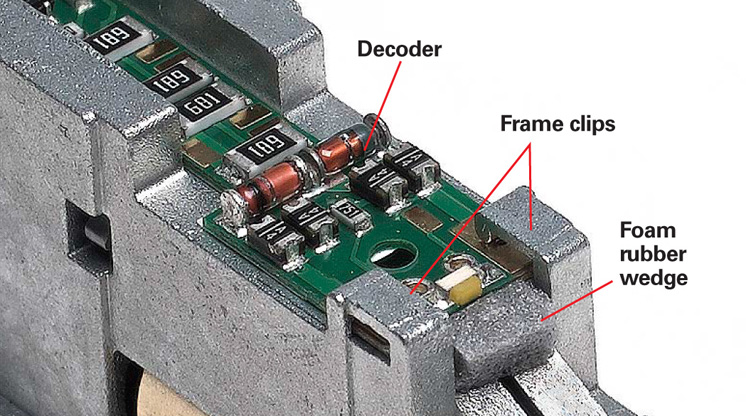
N scale decoder woes: This month I’m going to vent about a round of recent frustrations dealing with N scale Digital Command Control (DCC) decoder installations. The villain of the story will be the Internet, but in an unexpected twist of plot, that same villain shall emerge as the hero. The moral is that the […]
Read More…
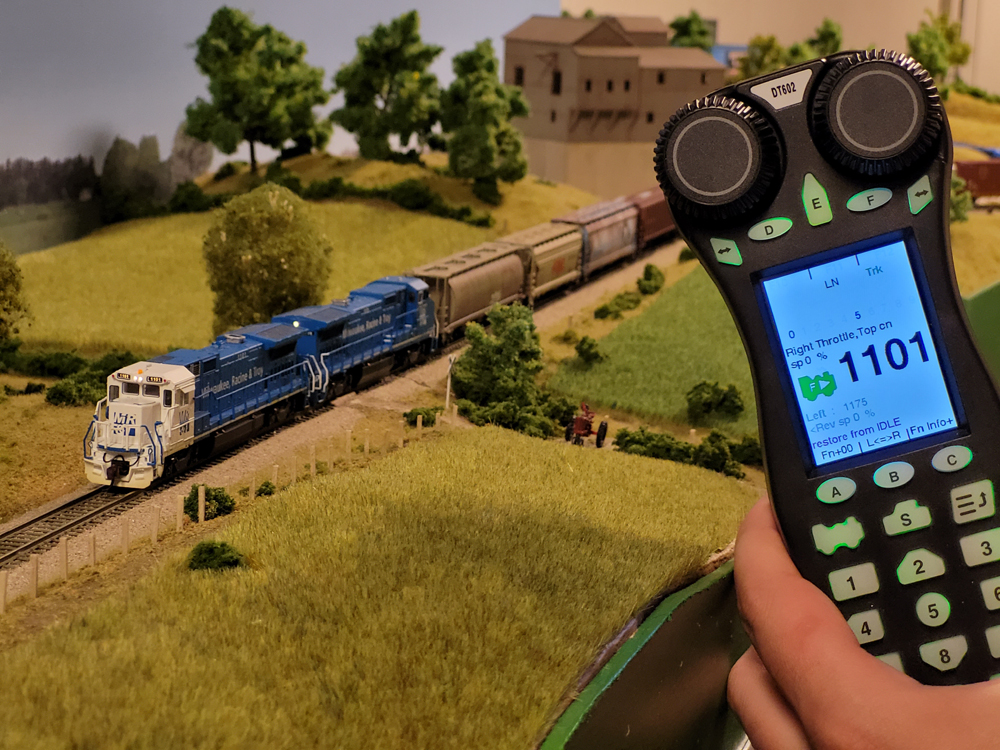
Running a locomotive around a layout is fun, but eventually you may want to make your train to be powered by more than one engine. On the railroad this is called “multiple-unit operation.” If you have two or more DCC-equipped locomotives, you can run your own multiple-unit locomotive consists. This article will explain how to […]
Read More…
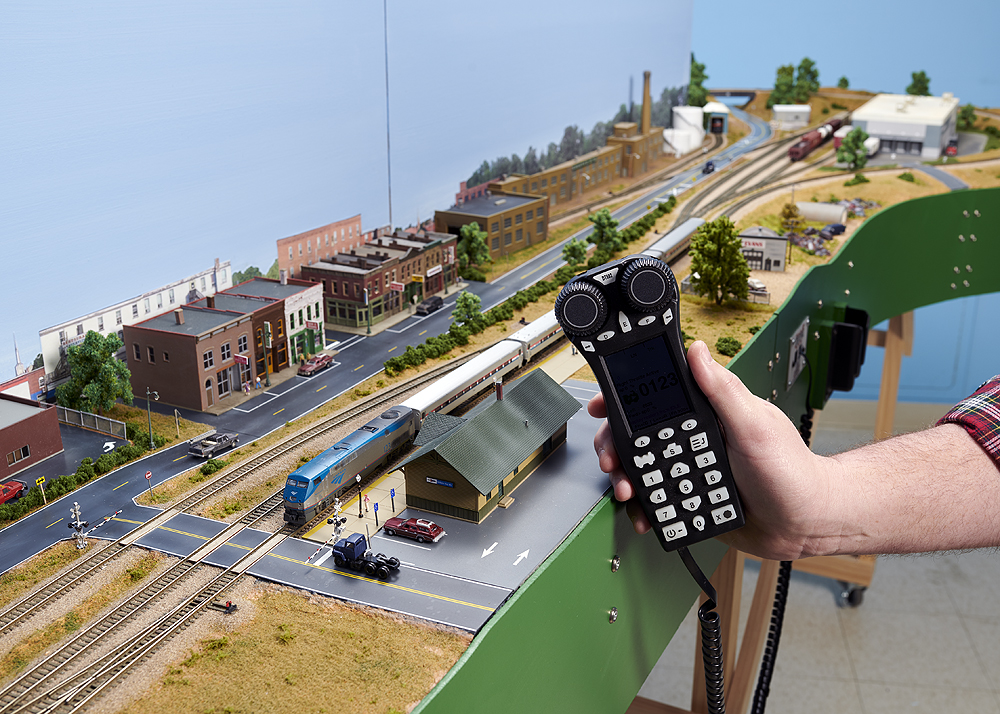
Why use Digital Command Control? Related to this is whether you should, so I’ll start by answering that first, and say the answer is yes, you should. Now, as the reasons why? Let’s make a list, shall we? Why use Digital Command Control for locomotives? Digital Command Control (DCC) allows your locomotives to do more. […]
Read More…
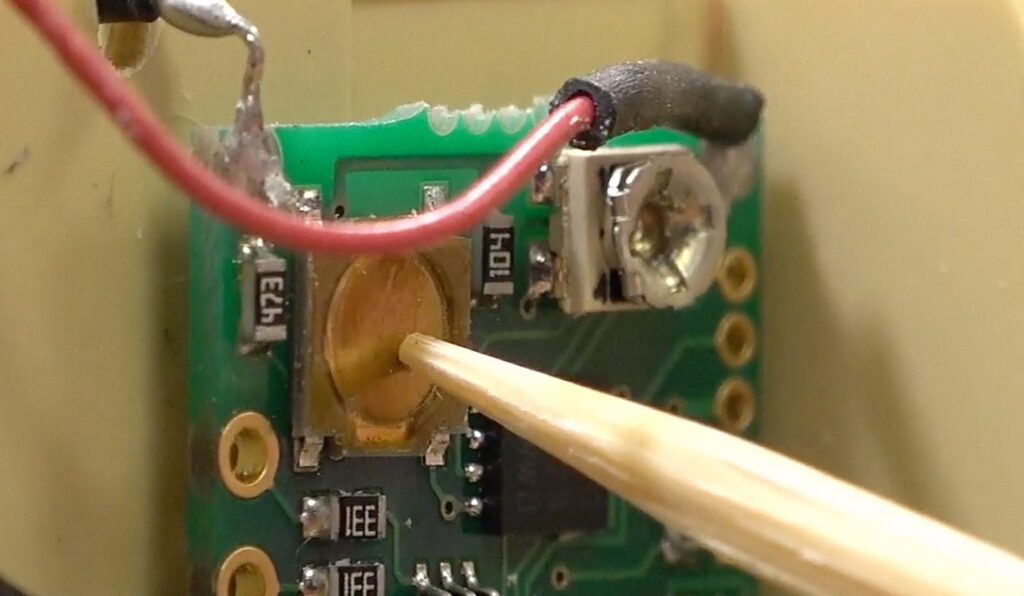
Passenger car lighting with a decoder: People have been installing light-emitting diodes (LEDs) inside passenger cars for years. It’s nothing new. There are plenty of articles written about it, but I wanted to go further. When operating my trains in the yard, I want the lights in my passenger car to be off, but when […]
Read More…
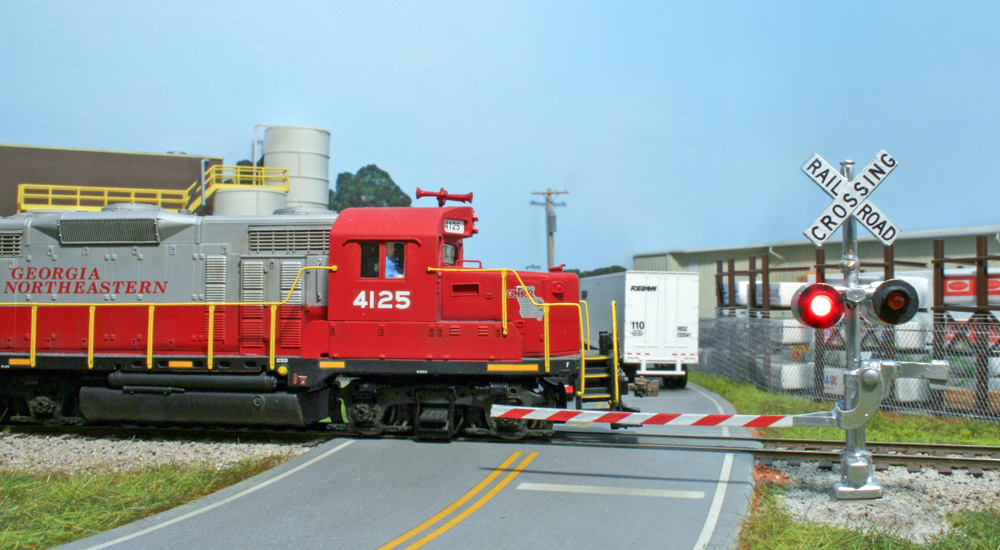
Q: I need some ideas to modernize a club layout. Our HO scale model railroad, which will appear in the July 2023 edition of Trackside Photos, is what I would call “mature.” All the track, scenery, and structures are well in place. We have discussed how to take our model railroad to the next level […]
Read More…

I love Lego, and I love trains. When I first saw the SoundTraxx Blunami decoder being demonstrated inside a Lego locomotive at Trainfest, I knew that I had to install my own decoder in a Lego locomotive. What you’ll need Obviously, you will need a locomotive. Trains.com producer Ben Lake donated his Lego Creator No. […]
Read More…
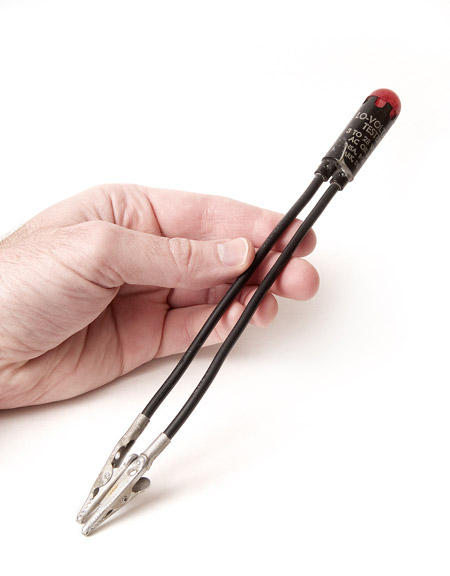
Test twice, solder once: It’s one of the best lessons I’ve learned in building layouts. In fact, it’s such a good lesson that I relearn it every once in while. My problem is patience. Testing takes a little time and slows my progress, or so I sometimes start to think. Actually, it can (and I […]
Read More…
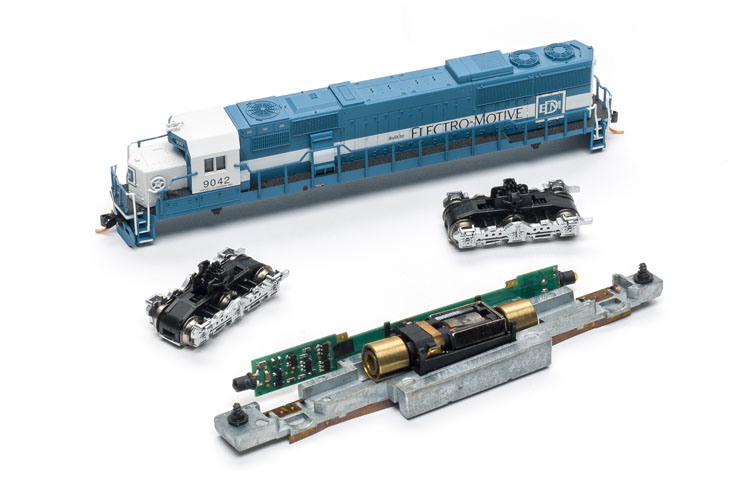
Improving N scale engine performance: One of the most puzzling N scale locomotive performance problems I’ve encountered came with the two Atlas Electro-Motive Division (EMD) SD60s I purchased in 2014. The prototype locomotives were lease units from Oakway (an EMD subsidiary), and they were painted in the gorgeous blue-and-white scheme EMD had used for years […]
Read More…
Q: I’m building a new layout using Kato HO scale Unitrack. I have read many different opinions on whether to solder all track joints. What’s the best practice? Some say that using terminal joiners on Kato Unitrack for connection to the DCC bus is OK, while others say they’re unreliable. I use terminal joiners every […]
Read More…
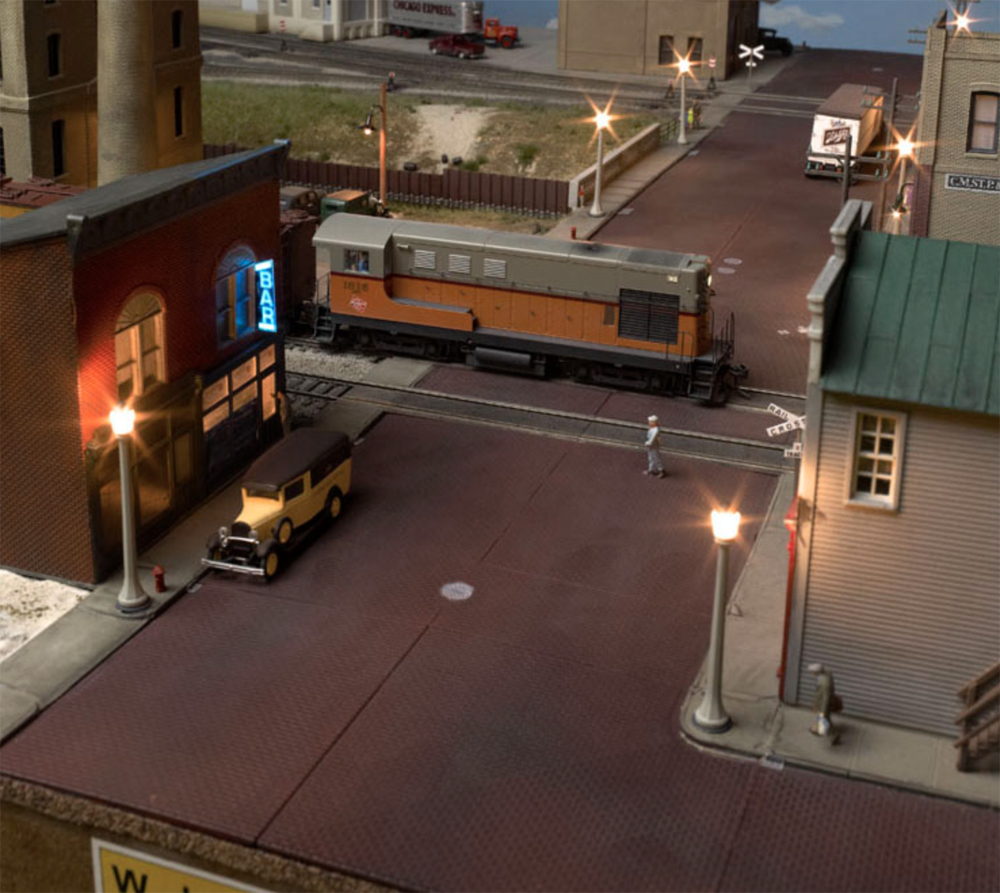
Trains.com Director David Popp shares 11 easy urban lighting tips to help model railroaders learn to light their layouts for nighttime operations. As if model railroads aren’t cool enough by themselves, adding miniature lights to the streets, buildings, and automobiles on your layout can make it so cool it glows – literally! Recently, I […]
Read More…
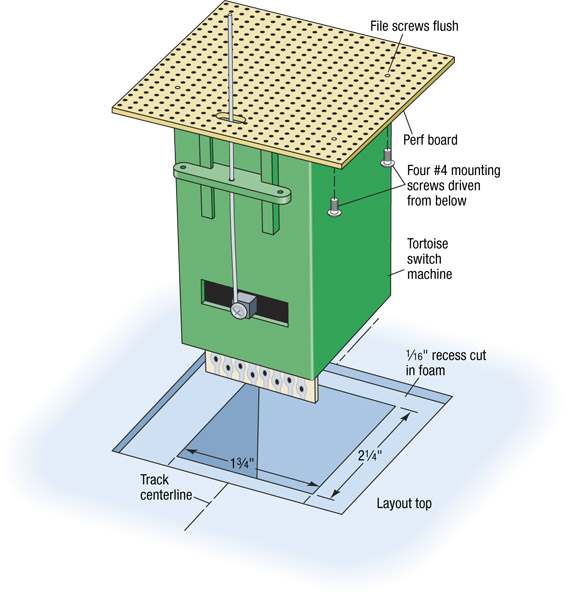
Managing the installation of a Tortoise switch machine on my layout’s two-inch thick foam baseboard has been challenging. I tried the hook-and-loop fastener solution explained in the October 2005 Model Railroader but didn’t like the wobble or the actuating wire’s long reach through the foam board. After some experimentation, I’ve developed the mounting method that’s […]
Read More…
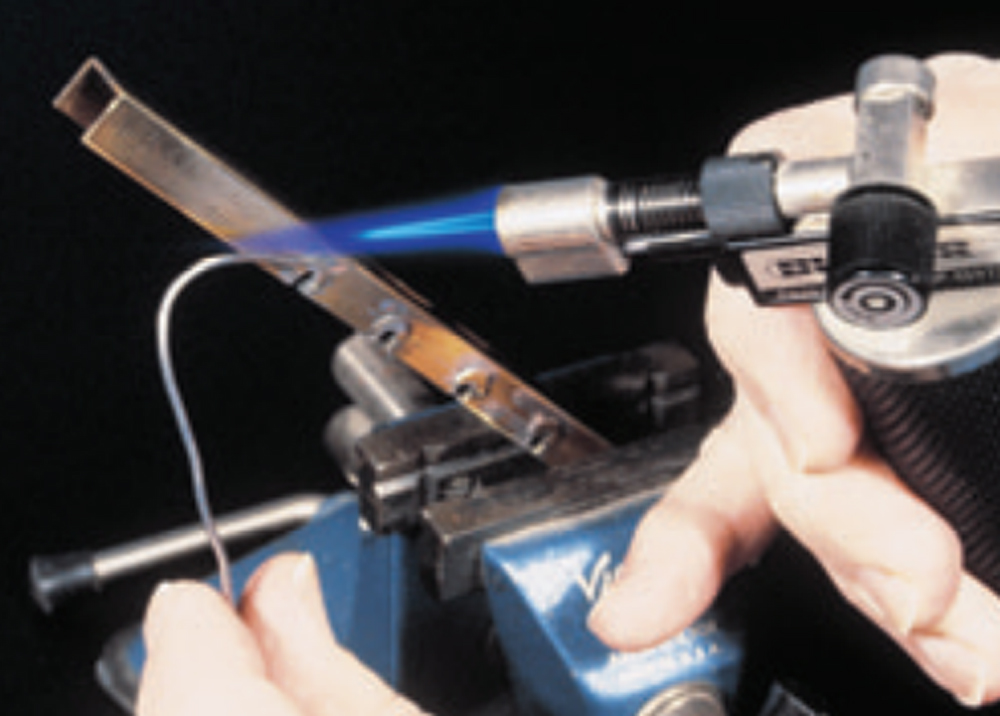
The lost art of soldering was once an important skill for model railroaders. Until the mid-1970s, knowing how to solder was essential for anyone who wanted to scratchbuild or detail locomotives and cars or assemble sheet-metal structures. By 1980, new adhesives came into use, including two-part epoxies, the various cyanoacrylate adhesives (CA), and effective contact […]
Read More…











